Nunatsiaq News: Apology to Qikiqtani Inuit leaves QIA president filled with hope
By Jim Bell
On the eve of the Government of Canada’s formal apology today, Aug. 14, for its traumatizing mistreatment of Qikiqtani Inuit between 1950 and 1975, the president of the region’s representative organization said he’s filled with hope that the future will bring a new relationship between Canada and the Inuit of the Baffin region.
“It gives me so much hope. I’m really holding on to that hope and wanting to continue with the work we’re doing now,” P.J. Akeeagok, the president of the Qikiqtani Inuit Association, told Nunatsiaq News in an interview, done on Aug. 13, one day prior to the embargoed announcement.
Carolyn Bennett, the minister of Crown-Indigenous relations and northern affairs, delivered the apology this afternoon in Iqaluit, along with announcements of $20 million in financial commitments aimed at helping the Inuit of the Qikiqtani region start the process of healing from the traumas of the modern-day colonial period.
Those include coercive relocations, the abusive treatment of Inuit children in federal day schools and residential schools, inadequate housing in the new settlements that people were forced into, and the widespread killing of Inuit dogs.
“These were not just isolated incidents. These were systematic incidents,” Akeeagok said.
Truth commission’s work led to apology
All of this was documented by the Qikiqtani Truth Commission, an Inuit-run body that from 2007 to 2010 gathered evidence from 345 witnesses at 16 public hearings held throughout the region, along with extensive archival research.

James Igloliorte in 2008, conducting a Qikiqtani Truth Commission hearing. (File photo)
Headed by James Igloliorte, a retired judge from Nunatsiavut, the commission released the first version of its final report in 2010, followed by another in 2013, along with a package of special studies, thematic reports and histories for each of the 13 communities in the Qikiqtani region.
The word “saimaqatigiingniq,” part of the title of the commission’s main report “Achieving Saimaqatigiingniq,” represents the idea of a new relationship, “when past opponents get back together, meet in the middle, and are at peace.”






